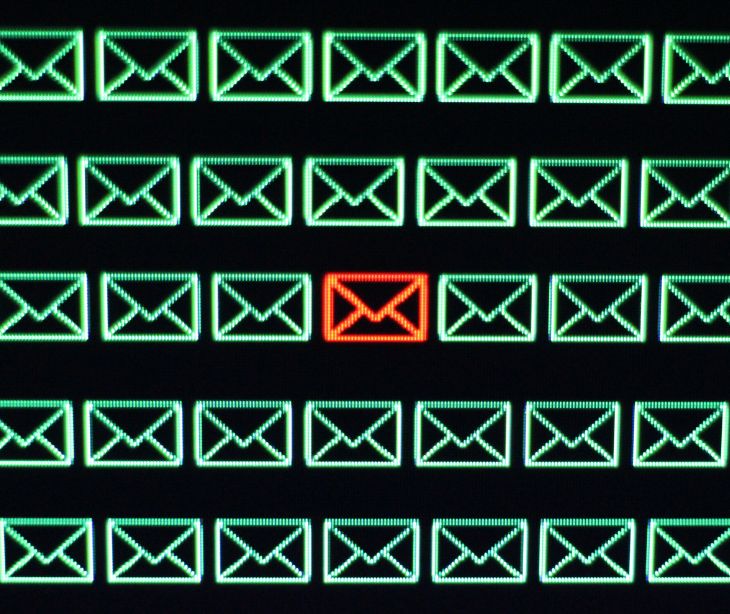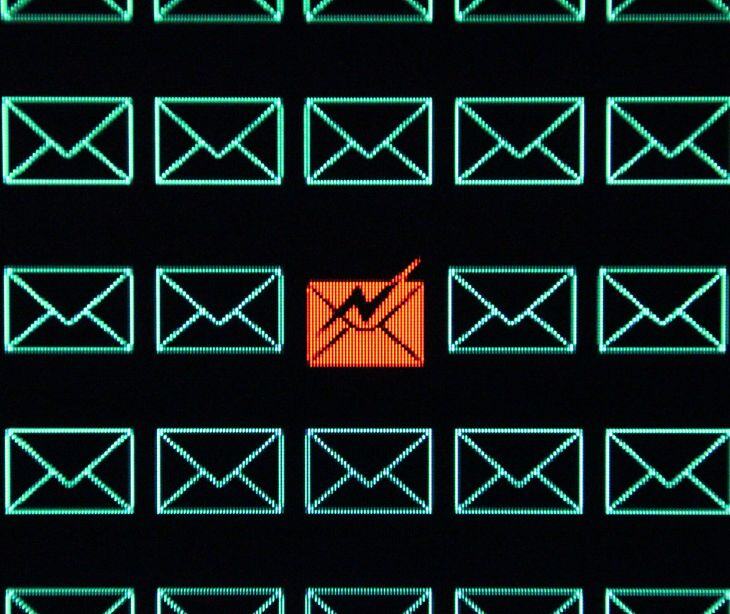
Malicious email content scripts are harmful pieces of code hidden in email attachments or links designed to steal data or infect your computer with malware when opened.
Understanding malicious content scripts
According to a 2020 IEEE Xplore study, “Malicious scripts are widely abused by malware authors to infect users’ computers. In the current threat landscape, one of the most prevalent types of script malware that Windows users have encountered is VBScript (VBS). VBScript, or Microsoft Visual Basic Scripting Edition, is an active scripting language originally designed for Internet Explorer and the Microsoft Internet Information Service web server.”
Malicious content scripts are harmful codes crafted by cybercriminals to compromise computer systems. When applied through email, these scripts often come in the form of seemingly legitimate attachments or clickable links leading to phishing websites.
Attackers use techniques like spoofing the sender's address or crafting persuasive messages to lure recipients into opening attachments or clicking on links. This triggers the execution of these scripts. This process installs malware that can steal sensitive information or hijack the system.
Cybercriminals frequently target healthcare organizations due to the wealth of sensitive personal, medical, and financial data they handle. Healthcare entities often rely on outdated security protocols and inconsistent staff training, making them more susceptible to breaches.
The goal of these email-based malicious scripts is to gain access to patient data, administrative credentials, or financial records, allowing criminals to commit identity theft, insurance fraud, or ransomware attacks.
The common features of a malicious content script
- Phishing lures: It often includes compelling subject lines or messages that prompt the recipient to open the email and engage with its content, exploiting urgency, fear, or curiosity.
- Obfuscated links: Links are disguised using misleading text or URL shortening to hide their true destination, often leading to phishing sites or malware downloads.
- Malicious attachments: Attachments like PDFs, Word documents, or spreadsheets may contain embedded macros or executable scripts that install malware when opened.
- Spoofed sender information: The sender's name or email address is forged to appear legitimate, resembling known contacts or trusted organizations.
- Embedded images: Images within the email might contain tracking pixels or other scripts that identify if an email was opened.
- Dynamic content loading: Some scripts load dynamic content from external servers to execute malicious actions after bypassing email security filters.
- Credential harvesting forms: Embedded forms or links direct users to spoofed login pages to steal usernames and passwords.
- Social engineering messages: The email message leverages social engineering techniques like impersonation or fraudulent offers to manipulate recipients into taking actions.
- Redirection to exploit kits: Links may lead to websites that exploit vulnerabilities in the recipient's browser or plugins to install malware.
Strategies to avoid being susceptible to malicious content scripts
- Patient record verification protocols: Implement a verification process that requires cross-checking patient requests received via email with patient records before sharing any sensitive data.
- Secure messaging systems: Encourage staff to use HIPAA compliant email systems for internal communications, reducing reliance on email for sensitive information exchanges.
- Whitelist trusted domains: Create a whitelist of trusted domains for communications and alert staff if emails appear outside this list.
- Medical device network segmentation: Isolate the network segments where medical devices are connected, preventing malicious scripts from reaching diagnostic or treatment equipment.
- Proactive threat hunting: Develop a proactive threat hunting program that identifies unusual email traffic patterns or account behavior indicative of malicious activity.
- Vendor credential vetting: Establish credential verification procedures for third-party vendors who interact with your systems via email, reducing impersonation risks.
- Real-time email anomaly alerts: Configure email systems to send real-time alerts to security teams if suspicious login attempts or unusual email traffic are detected.
- Internal phishing simulation clinics: Conduct regular phishing simulation clinics tailored to healthcare staff, providing immediate feedback on identifying sophisticated phishing schemes.
See also: Top 12 HIPAA compliant email services
FAQs
How can a person recognize a malicious email content script?
They can look for emails with unexpected attachments or links, urgent language prompting immediate action, or suspicious sender addresses that don't match the claimed source.
What happens if someone clicks on a malicious link or opens an infected attachment?
They could unintentionally install malware on their device, giving hackers access to personal information or allowing them to control the system.
What should a person do if they receive an email that looks suspicious?
They should avoid clicking on any links or attachments, verify the sender's identity through a separate communication method, and report it to their IT department or email provider.
Can antivirus software protect someone from malicious email content scripts?
While antivirus software helps, it's not foolproof; being cautious about email content and using secure email filters are also necessary.
Do malicious email scripts only target large organizations?
No, anyone can be a target, from individuals to small businesses, healthcare providers, and large corporations.
Subscribe to Paubox Weekly
Every Friday we'll bring you the most important news from Paubox. Our aim is to make you smarter, faster.



